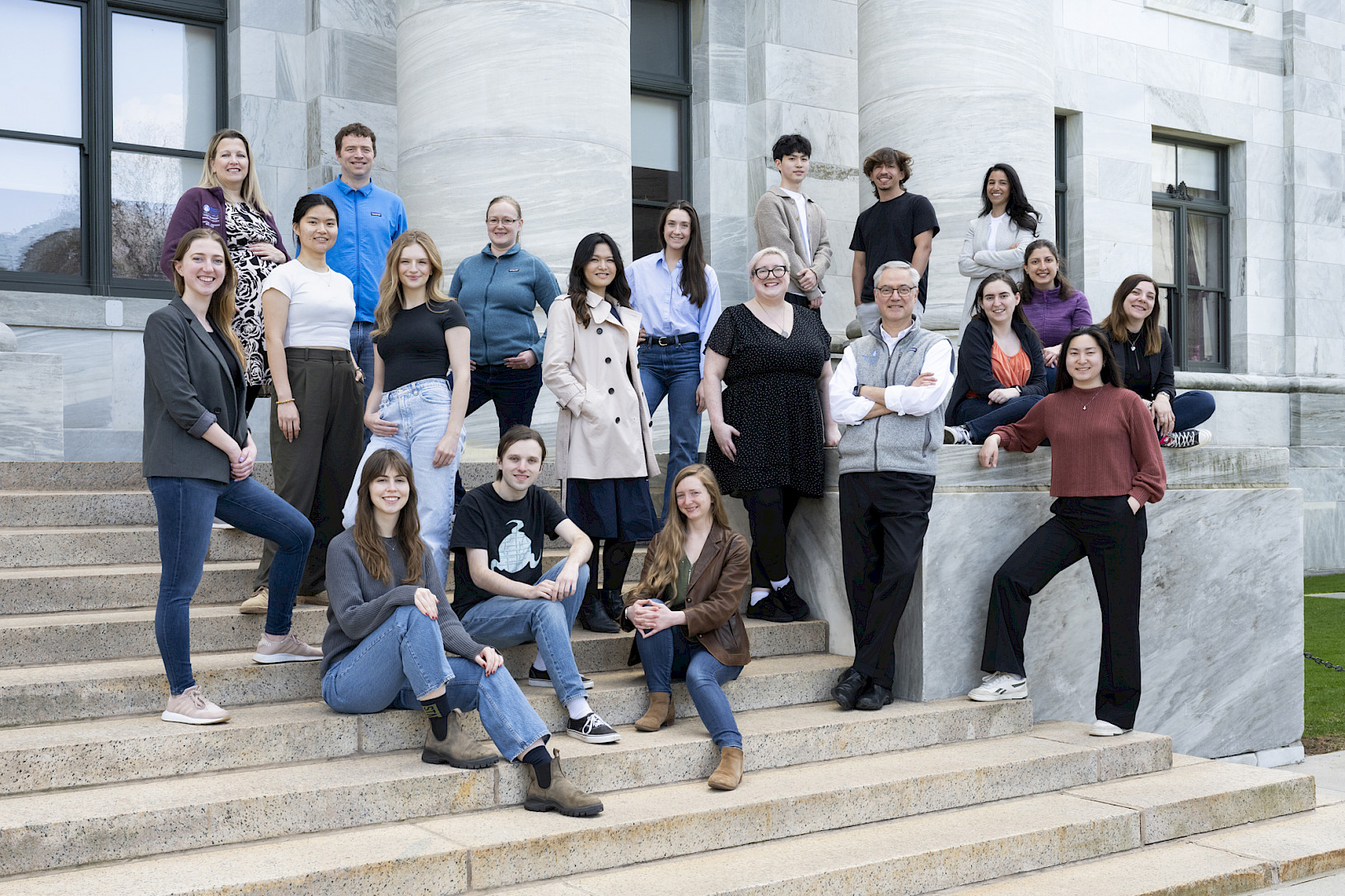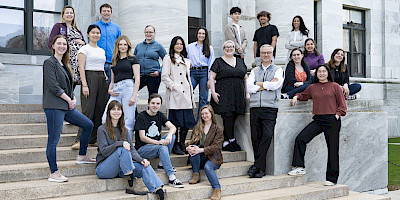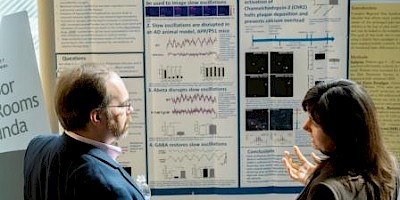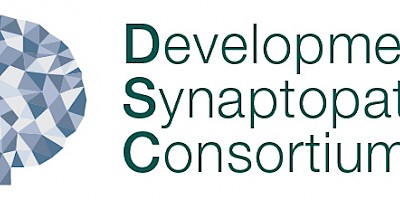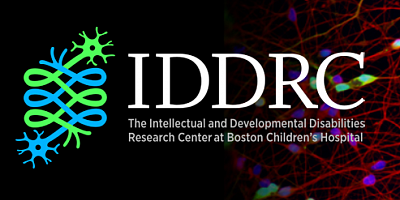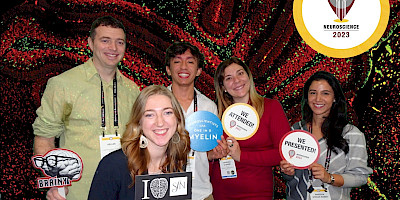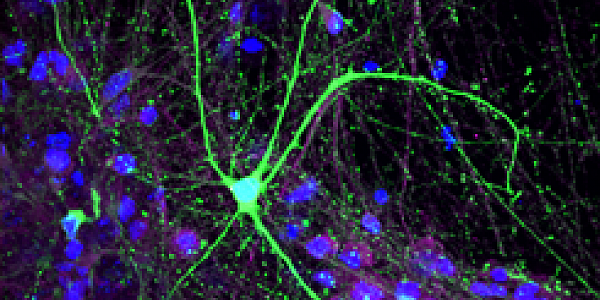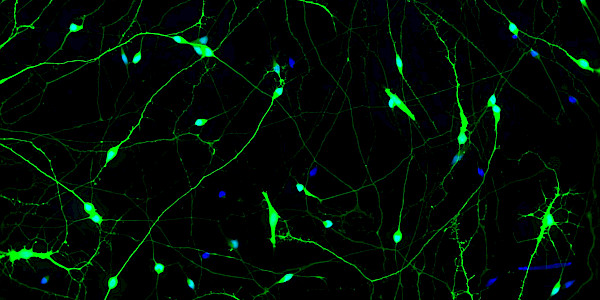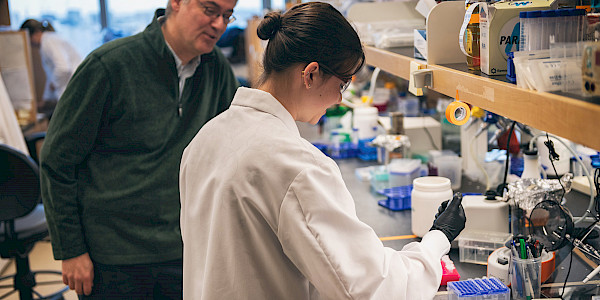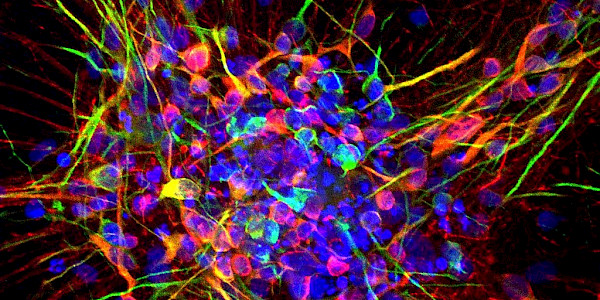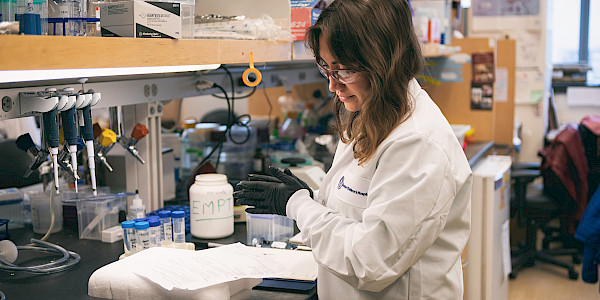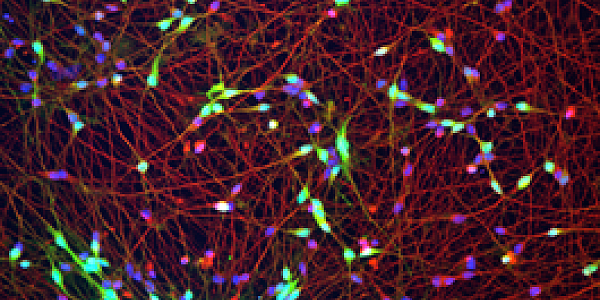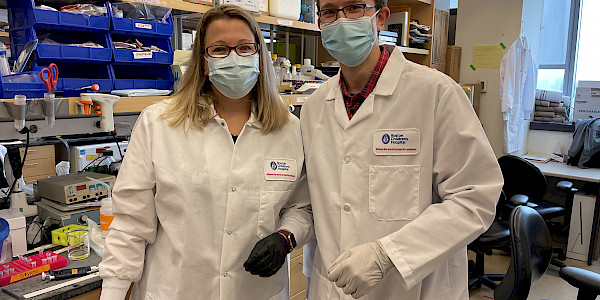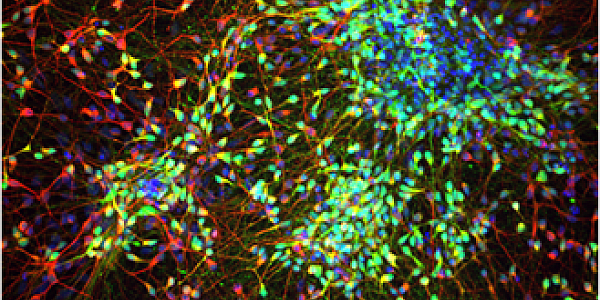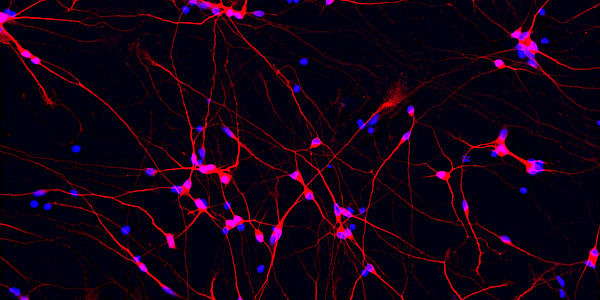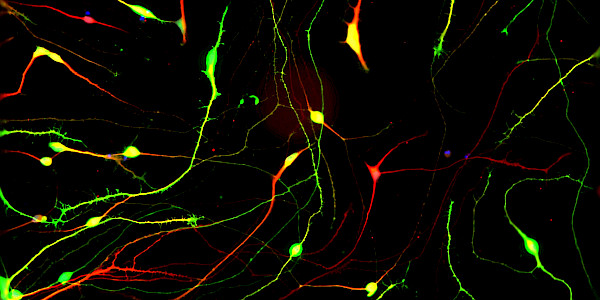Welcome to the Sahin Lab
Research in the Sahin Lab is directed at understanding the cellular mechanism(s) of axon guidance and its relationship to neurological disfunction, especially in childhood neurological diseases. One of the major lines of ongoing research in the lab focuses on the role of tuberous sclerosis genes (TSC1 and TSC2) in axons. Tuberous sclerosis (TSC) is a multi-system autosomal dominant disease, which is characterized by the formation of benign tumors (hamartomas) in several organs. The brain is almost invariably affected, and patients can present epilepsy, autism and intellectual disability. However, a key unresolved issue is what causes the neurological symptoms in TSC patients. We hypothesized that the miswiring of connections between neurons may contribute to the pathogenesis of epilepsy in TSC. Over the last few years, we have identified several steps in which TSC1/2-deficiency leads to defects in axonal specification, guidance, and myelination. Our work on TSC strongly suggests that protein translation in the axon is crucial for axonal development and connectivity. We showed that loss of TSC function increases SAD-A translation, leading to neurons with multiple axons. We found that Eph receptor activation suppresses mTOR activity via TSC1/2. Additionally, we demonstrated that mTOR inhibitors prevent myelination defects and neurological symptoms in a TSC mouse model. Using diffusion tensor imaging, we identified defects in axonal organization and myelination in TSC patients similar to those in Tsc-deficient mice and we are now focusing on the neuronal circuits that are aberrant in the TSC brain using both conditional mouse models and imaging studies in children with TSC.
Finally, we are aiming to better understand the role of interneurons in TSC-associated epilepsy, considering that greater insights of how TSC2 mutation affects interneurons during the early stages of brain and neural network development. This mutation could also help improve treatment options for TSC patients. On a similar note, we are also trying to identify the functional translatome of TSC-deficient interneurons and define how this could impact neuronal circuits. To do so, the lab uses stem cell models, including iPSC-derived neurons and organoids.
Community mission statement:
- We, members of the Sahin lab, strive to work towards an enriching and inclusive environment that makes all lab members feel welcome, supported, and respected.
- Our mission is to have a wide representation of lab members from different backgrounds and create an environment that allows everyone to be successful and thrive.
- We stand against forms of discrimination in academia and medicine.
- To achieve these goals, we will be continuous learners educating ourselves and one another.
